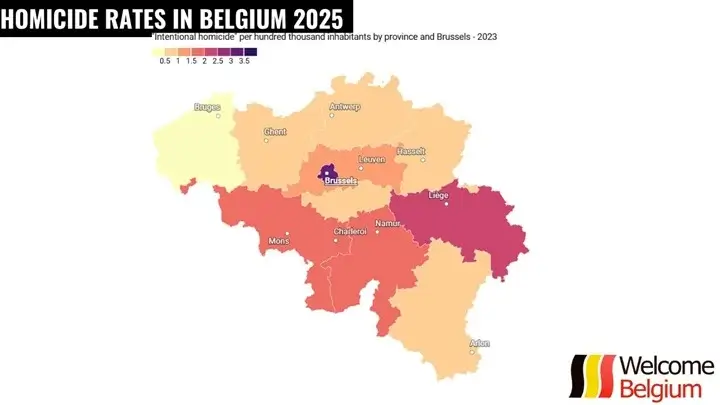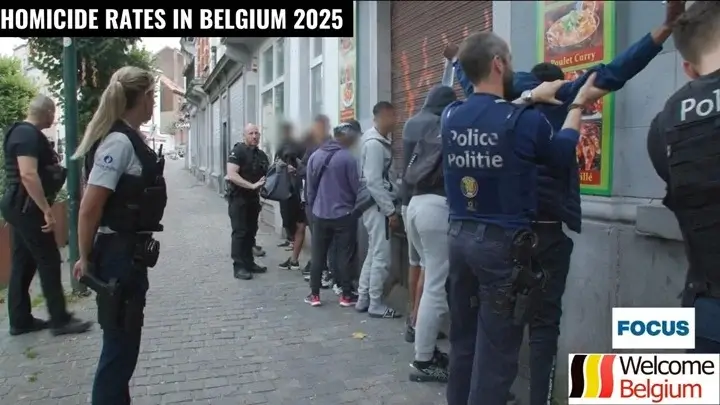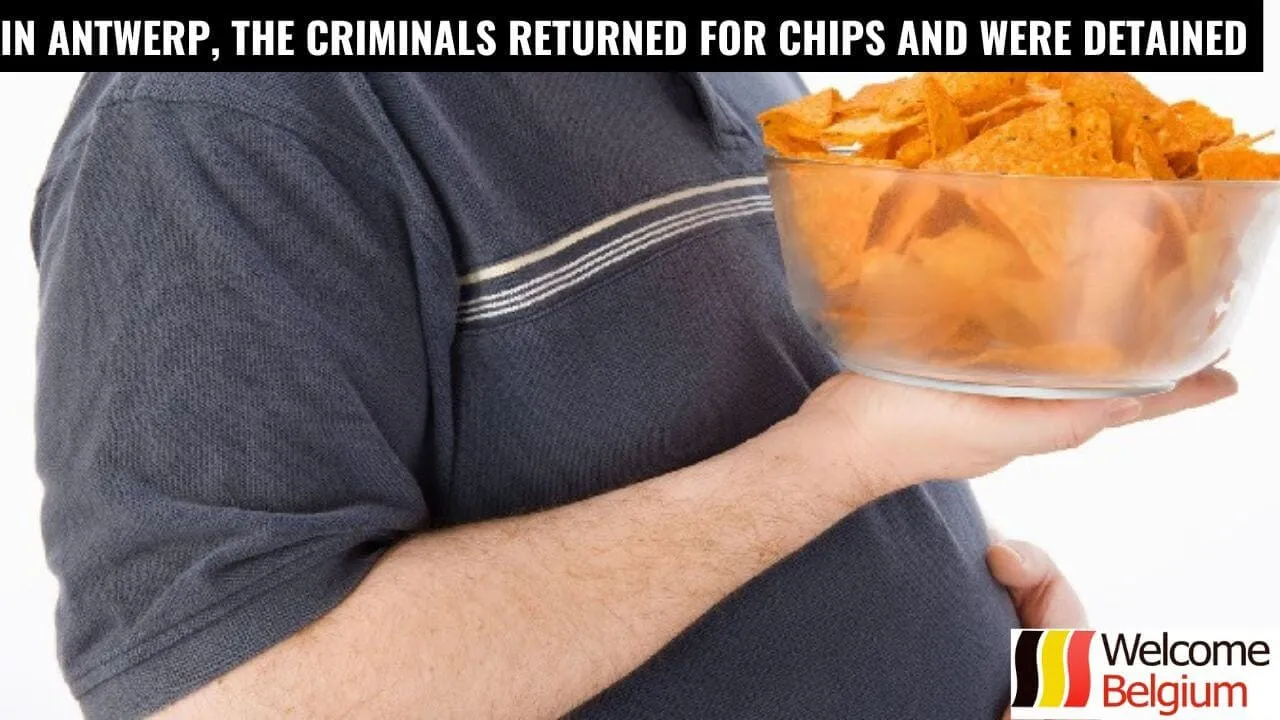Brussels, the capital of Belgium and the de facto capital of the European Union, is widely known for its political vibrancy, chocolate, and architecture. However, data for 2023–2024 and projections for 2025 reveal a concerning trend: the region remains second in the EU for homicides per capita, surpassed only by Riga, Latvia.
The rate of intentional homicides in Brussels significantly exceeds the European average, raising serious questions about safety. This article examines key facts, incorporates updated figures from reliable sources, including projections for 2026, and analyzes trends to provide a comprehensive overview.
Homicide Statistics in the EU in 2024–2025
In 2023, the EU recorded 3,930 intentional homicides, a 1.5% increase from 2022. This equates to an average of 0.87 homicides per 100,000 people. Preliminary data for 2024 indicate further growth: global homicide rates fell to 5.61 per 100,000 in 2022, but Europe shows stabilization with localized spikes. In 2024, the EU saw a rise in violent crimes, including homicides, amid economic challenges and migration. Women remain more likely to be victims of domestic violence: 4.1 per million women compared to 2.2 per million men.
For 2025, forecasts suggest a modest 1–2% increase unless new safety measures are implemented, particularly in urbanized regions. Belgium recorded approximately 1,500 cases of homicide and manslaughter in 2024, with a peak in Brussels. In the Brussels-Capital Region, cases reached 200 in 2024, based on preliminary data. Globally, data indicate Europe’s homicide rate remains below 2 per 100,000, but problem areas are seeing increases.
Top 5 EU Countries by Homicide Rate per 100,000 People (2023–2024, with Estimates):
- Latvia: 4.2 (up by 0.1)
- Lithuania: 3.3
- Estonia: 2.6
- Belgium: 1.9 (national average, with regional peaks up to 3.2 in Brussels)
- Hungary: 1.6
Data based on adjusted figures for 2024.
Brussels’ Standing Among EU Regions in 2025
In 2024, Brussels retained its second-place ranking for homicides in the EU, with a rate of 3.19 per 100,000 in 2023, rising to 3.5 in 2024 due to a surge in drug-related violence. Projections for 2025 suggest the rate could reach 3.8 without stronger measures against organized crime. Brussels’ crime index is 56.5, with a safety index of 43.5. Issues are concentrated in areas like Molenbeek and Schaerbeek, where drug trafficking and radicalization drive a 15–20% annual increase in homicides.
In 2024, 65% of Belgium’s pickpocketing incidents occurred in Brussels, and drug-related shootings rose by 30%. Migrant minors are overrepresented in crime statistics, accounting for 20% of cases despite being 5% of the population.
Key Facts About Crime in Brussels in 2025:
- Concern about robberies: 58.0 (increasing)
- Drug-related issues: 65.0 (high, due to trafficking)
- Corruption level: 39.0 (stable)
- Crime increases over the past 5 years: 72.0 (high)
- Vandalism and theft: 68.0 (high)
These figures highlight the rising crime trend in the Brussels region of Belgium.
Comparison with Other Regions and Trends for 2025–2026
Compared to other capitals, Brussels’ homicide rate is 25% higher than Antwerp’s. Europe saw an upward trend in 2024–2025: Italy’s rate stabilized below 1, while the Baltics reached 5.0. In Brussels, homicides spiked in 2024 due to summer violence, with over 10 incidents in a single month.
For 2026, projections indicate that if Belgium’s economic growth remains at 1% and anti-drug trafficking measures are not strengthened, the homicide rate could rise by 5–10%. However, with reforms (e.g., enhanced policing, social programs), it could drop to 3.0. Southern countries maintain rates below 1, while violent deaths account for 1.4% of all deaths in the EU.
Trends in Homicides and Crime in Europe (2023–2026, Projections):
- Sexual crime increase: +80% since 2013, stabilizing in 2025
- Theft increase: +5% in 2024, projected +3% in 2026
- Robbery increase: +3% in 2024, potential decline in 2026 with reforms
- Burglary increase: +4.5% in 2024, projected +2% in 2025
- Homicides: +1.5–2% in 2025, potential decline in 2026 in stable regions
Causes and Potential Measures for 2025–2026
Brussels’ high homicide rate is linked to unemployment, immigration, and drug trafficking: in 2025, the city became a hub, with a surge in shootings. Terrorism and low trust in police exacerbate the issue. For 2026, recommended measures include increased patrolling, migrant integration, and international cooperation against drug trafficking, potentially reducing the rate by 10–15%.
Conclusion
In 2025, Brussels remains an attractive city, but its second-place ranking for homicides underscores the urgent need for reforms. With 200 cases in 2024 and a projected rise in 2026 without action, authorities must respond swiftly. Comparisons with successful programs in other countries show the issue is addressable.




